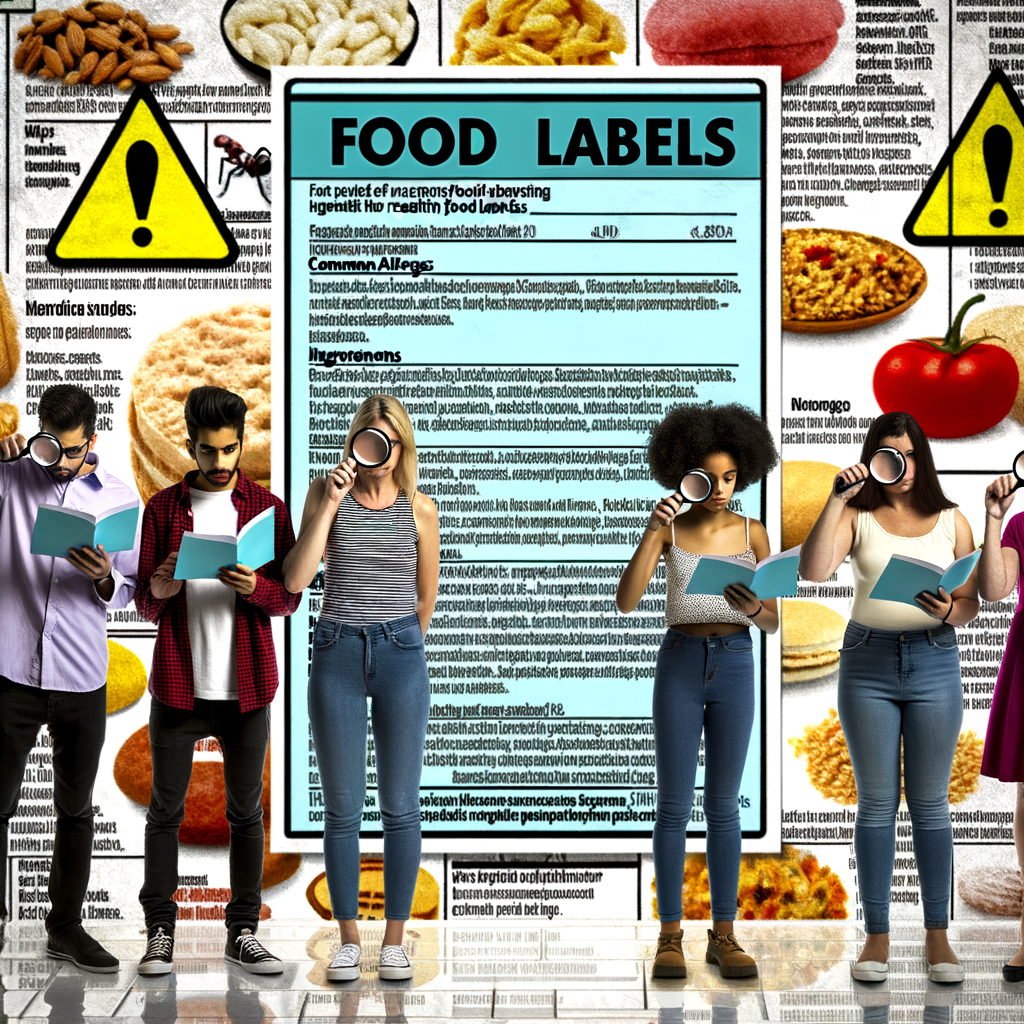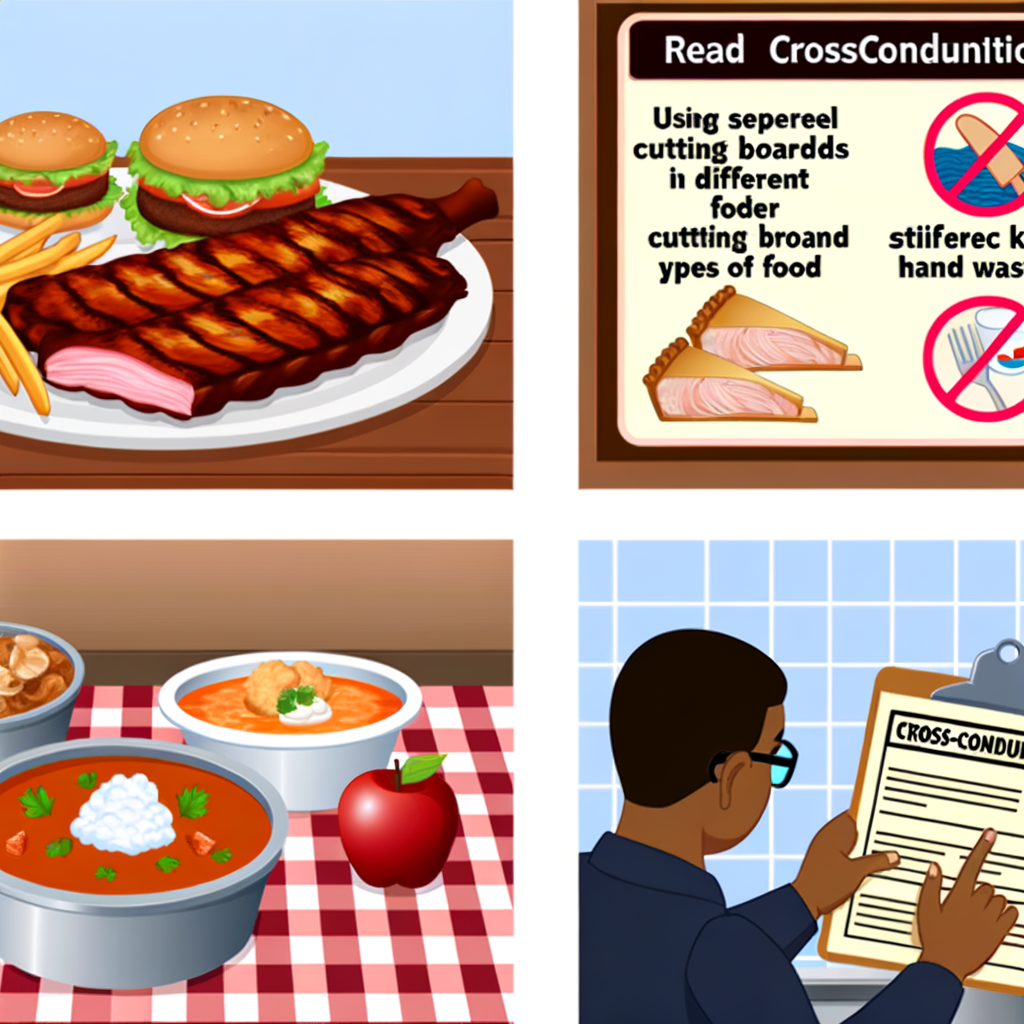Food allergies are a common issue in America, affecting millions of people. As an expert chef, I have seen firsthand the impact that food allergies can have on individuals and their families. That’s why it’s crucial for all of us to understand the importance of label reading when it comes to food.
Reading food labels can be overwhelming, especially with all the different ingredients and allergens listed. However, taking the time to carefully read and understand labels can save lives. By law, food companies are required to list any major allergens in their products, including milk, eggs, fish, shellfish, tree nuts, peanuts, wheat, and soy.
For those with food allergies, cross-contamination can also be a serious concern. This occurs when an allergen is accidentally transferred from one food to another, usually through shared equipment or utensils. To avoid this, it’s important to read labels for any warning statements such as ‘may contain’ or ‘processed in a facility that also processes’ the allergen.
In addition to reading labels, it’s essential to communicate any allergies when dining out. As an expert chef, I can assure you that restaurants take food allergies seriously and will work to accommodate any dietary restrictions. However, it’s always best to be upfront and clear about your allergies to ensure your safety.
As a food critic, I have witnessed the growing demand for allergy-friendly options in restaurants. By educating ourselves on label reading and communicating our allergies, we can encourage more eateries to offer safe and delicious options for those with food allergies. Let’s work together to create a more inclusive and safe dining experience for all.





